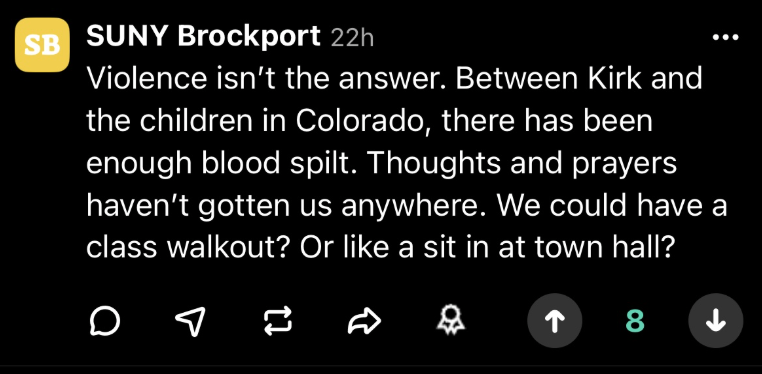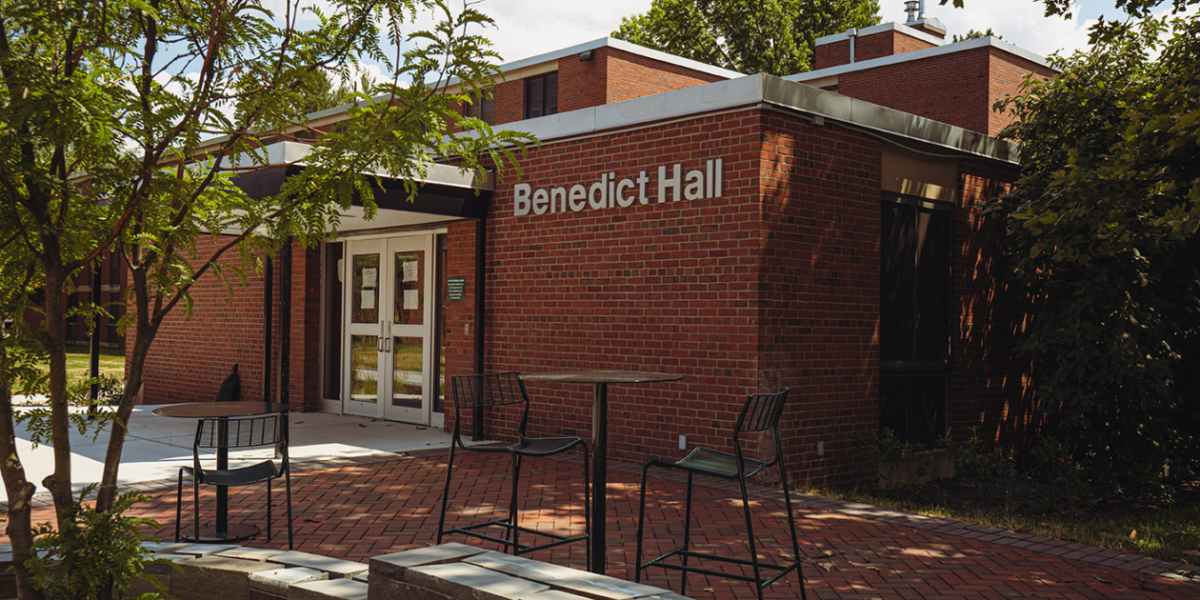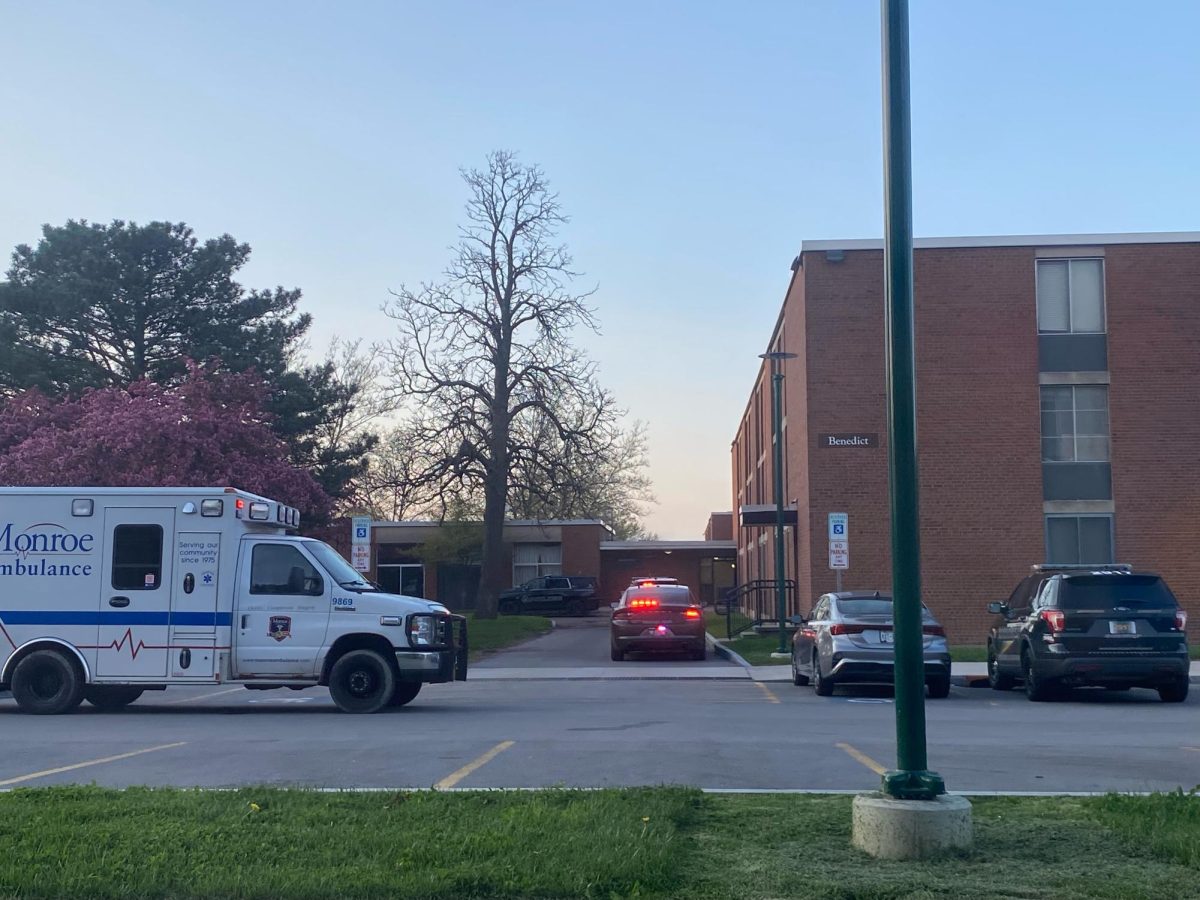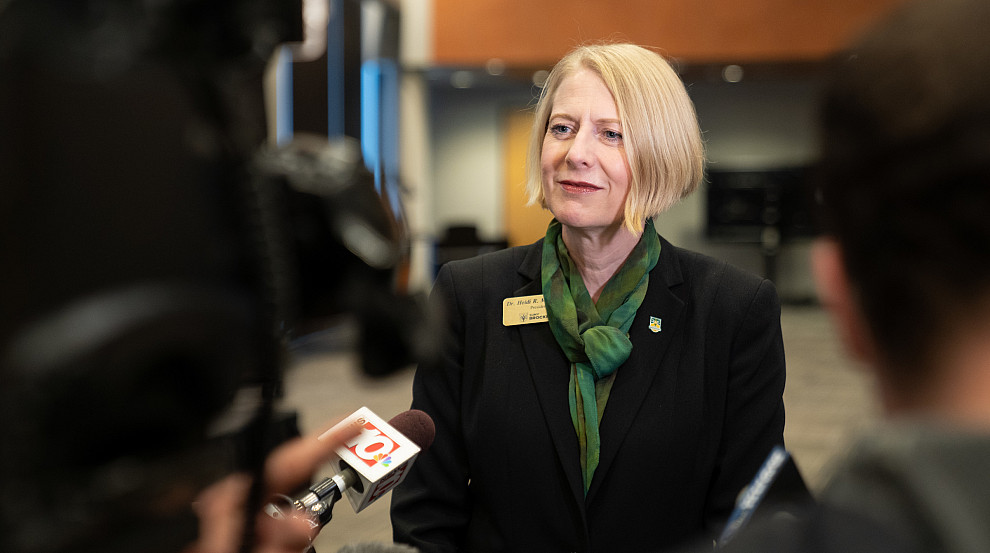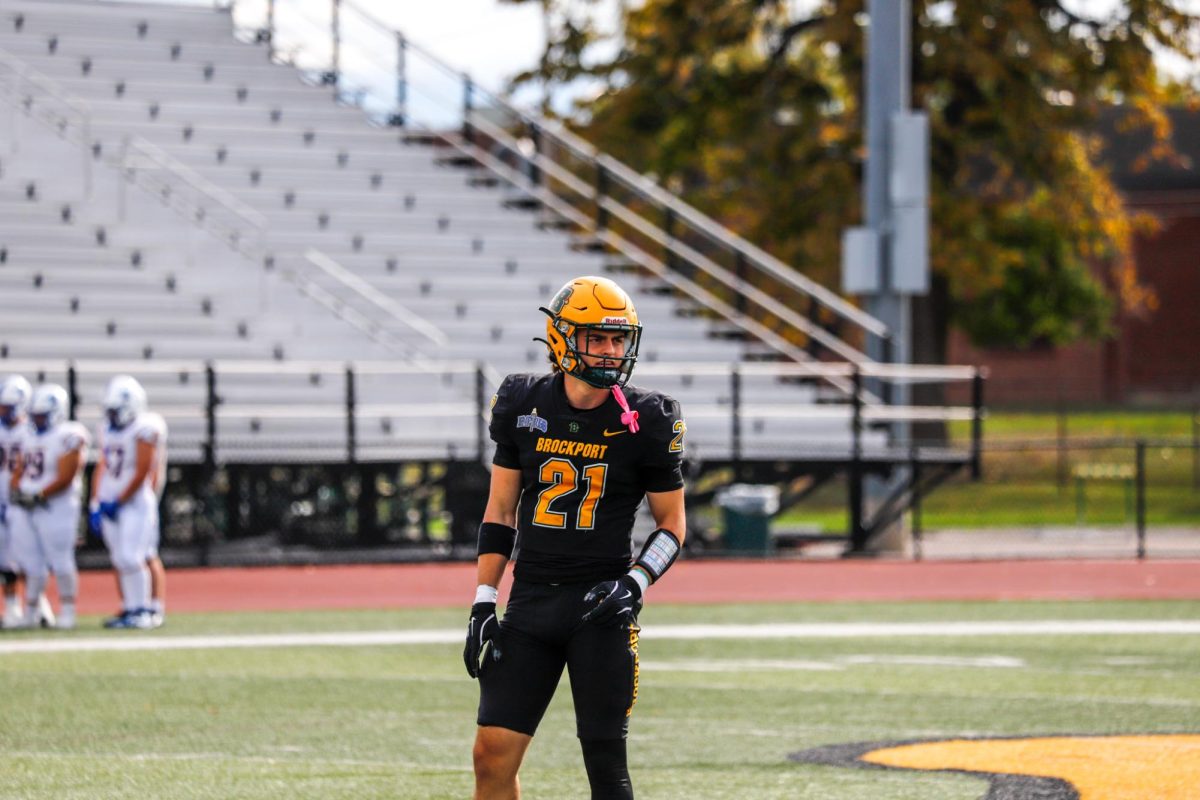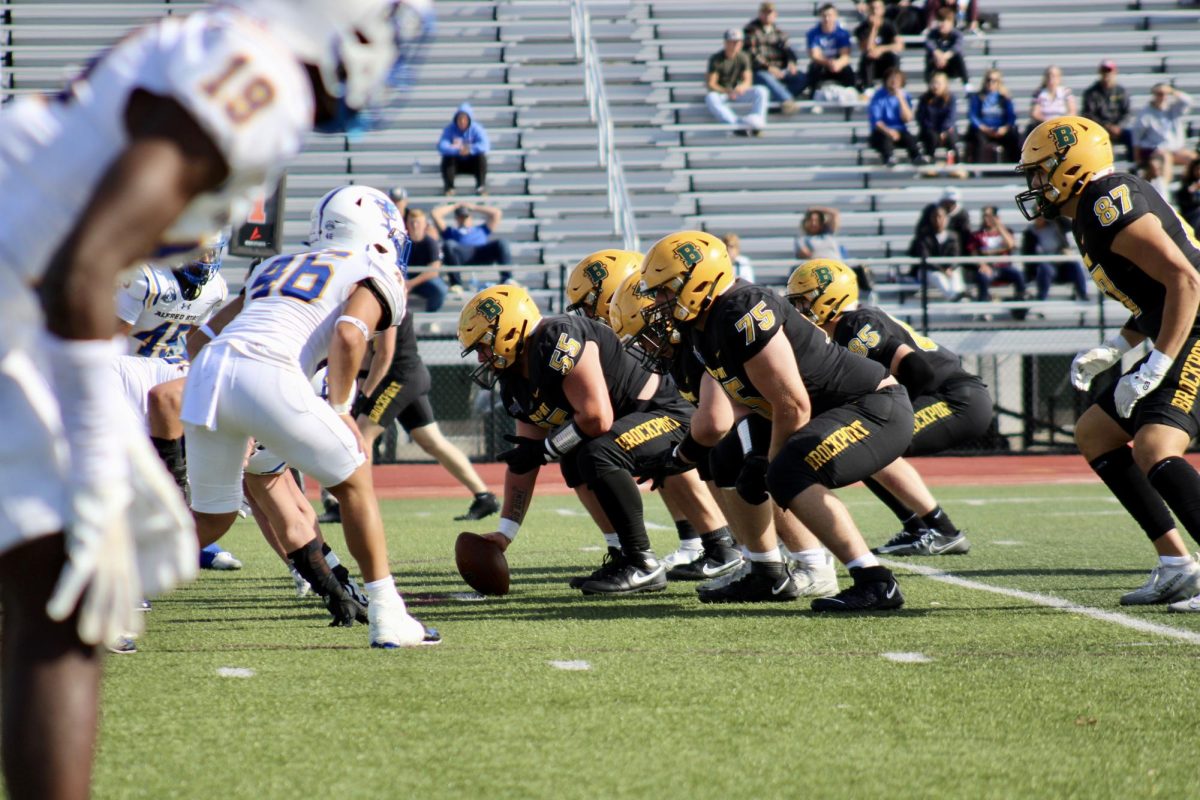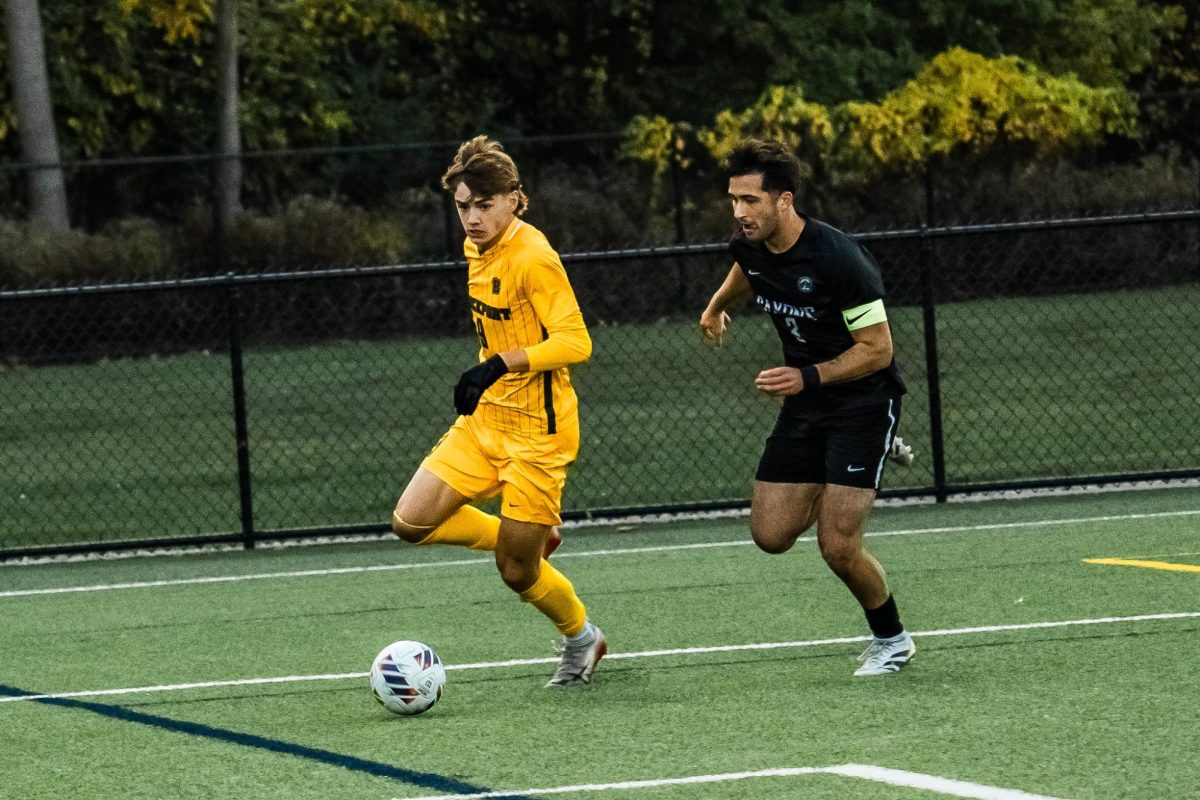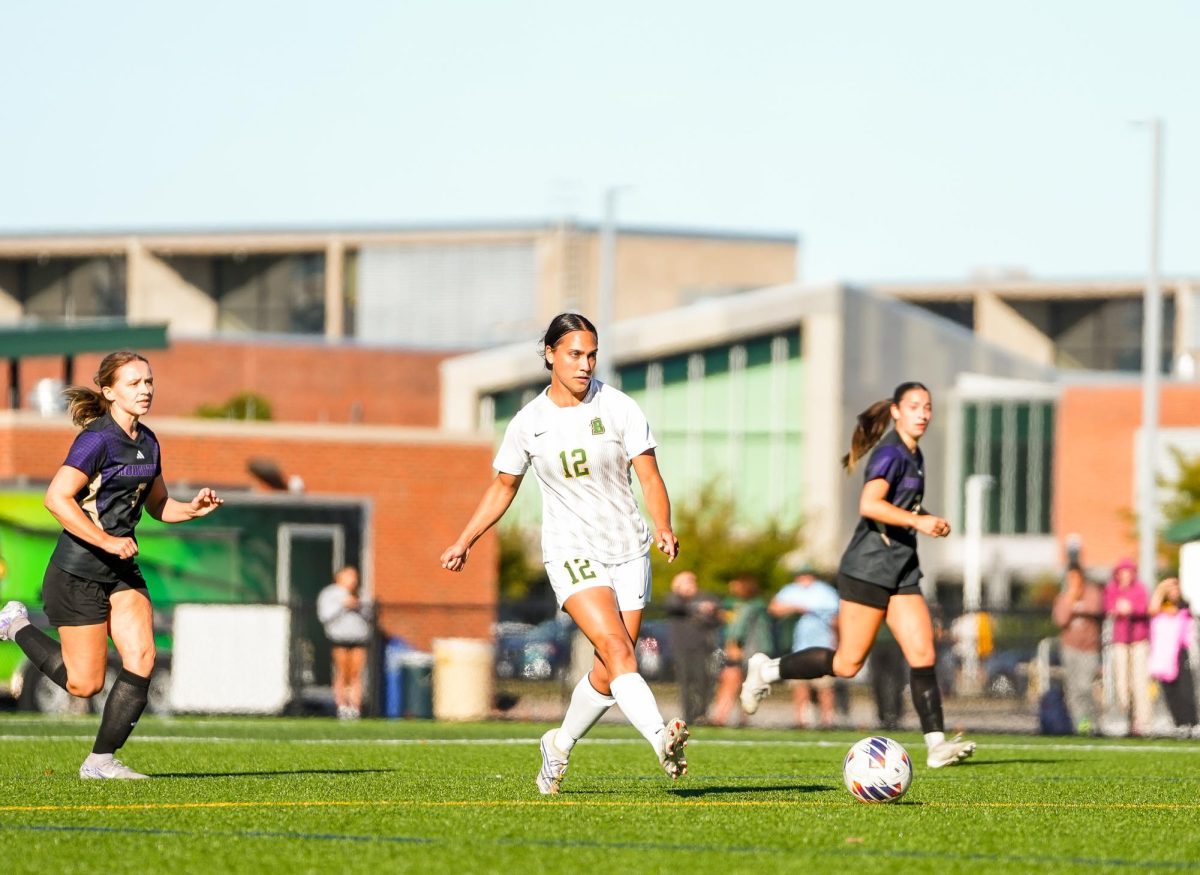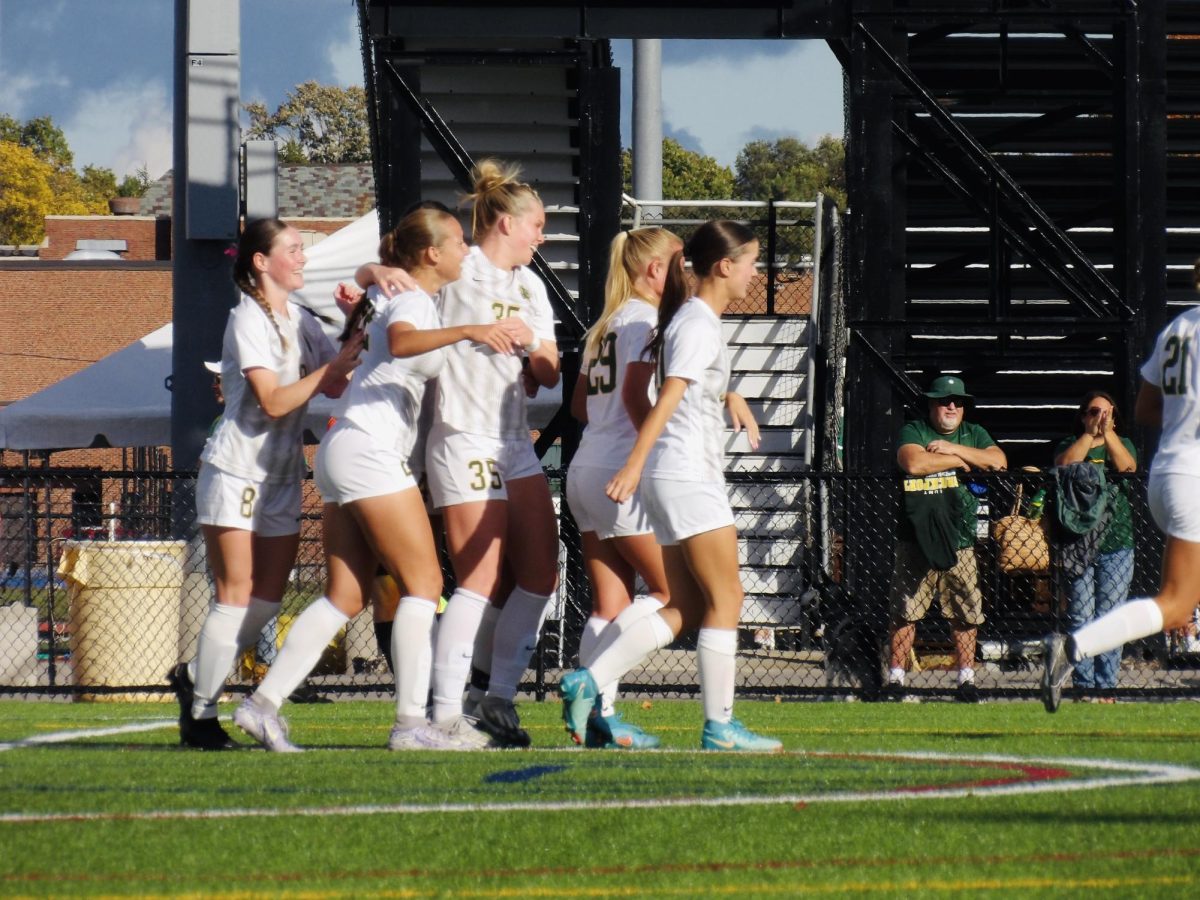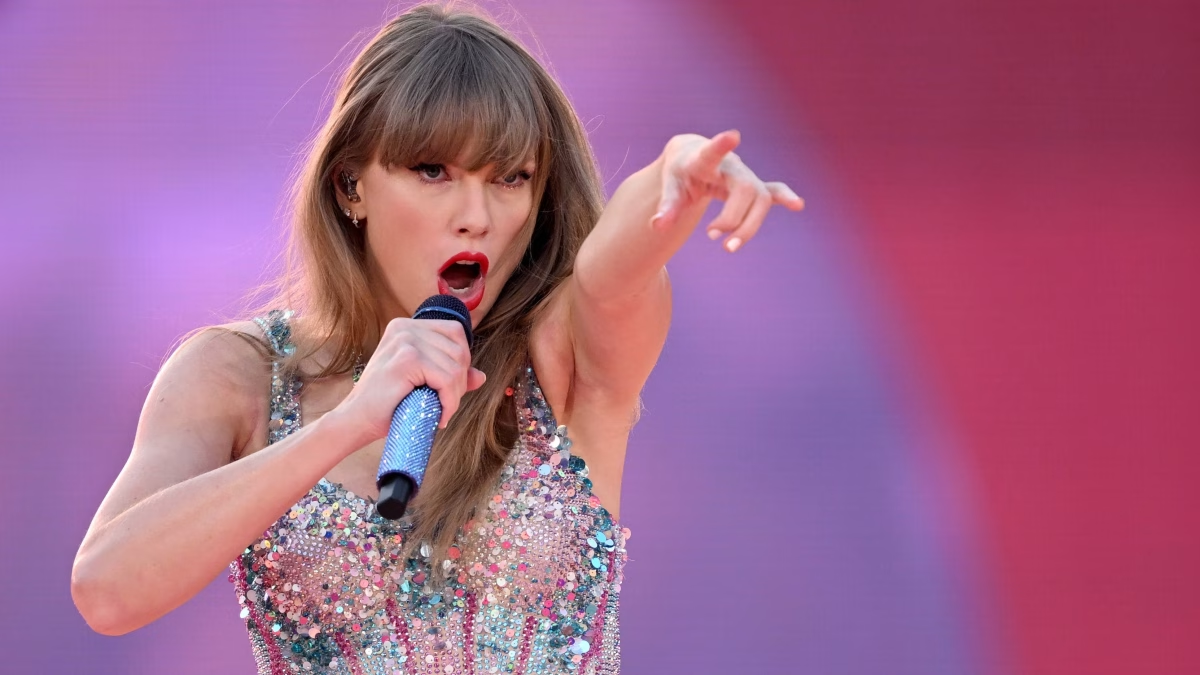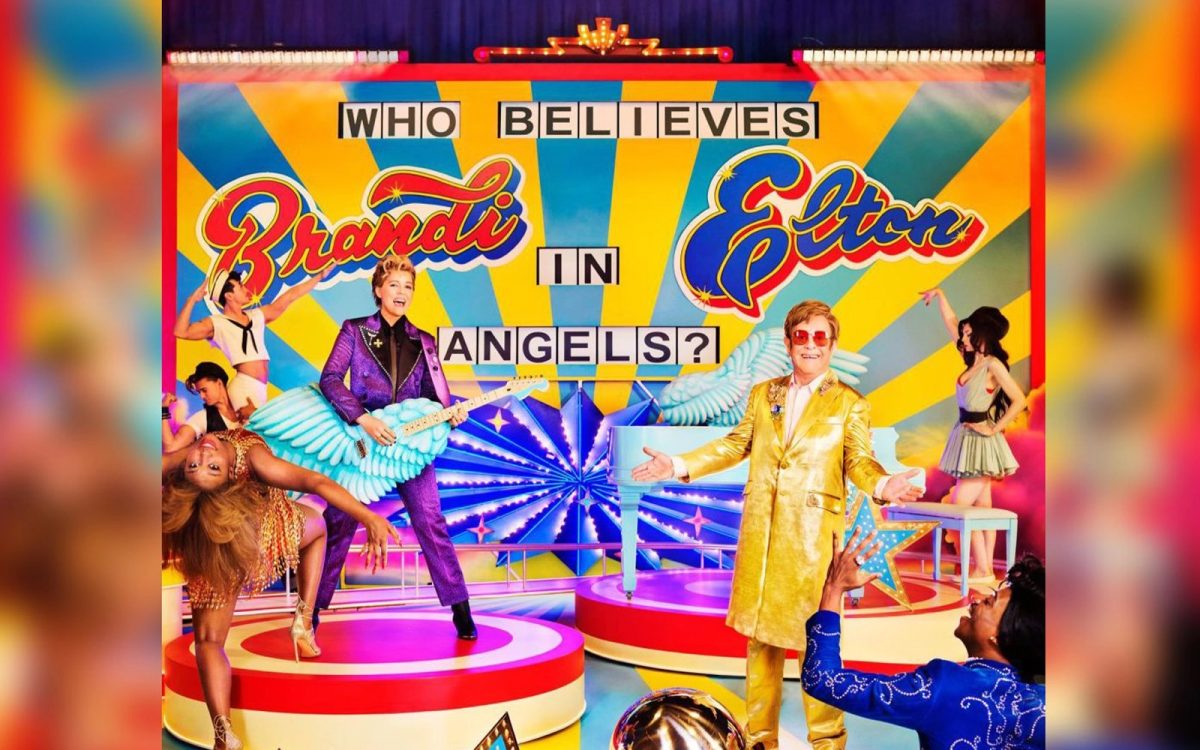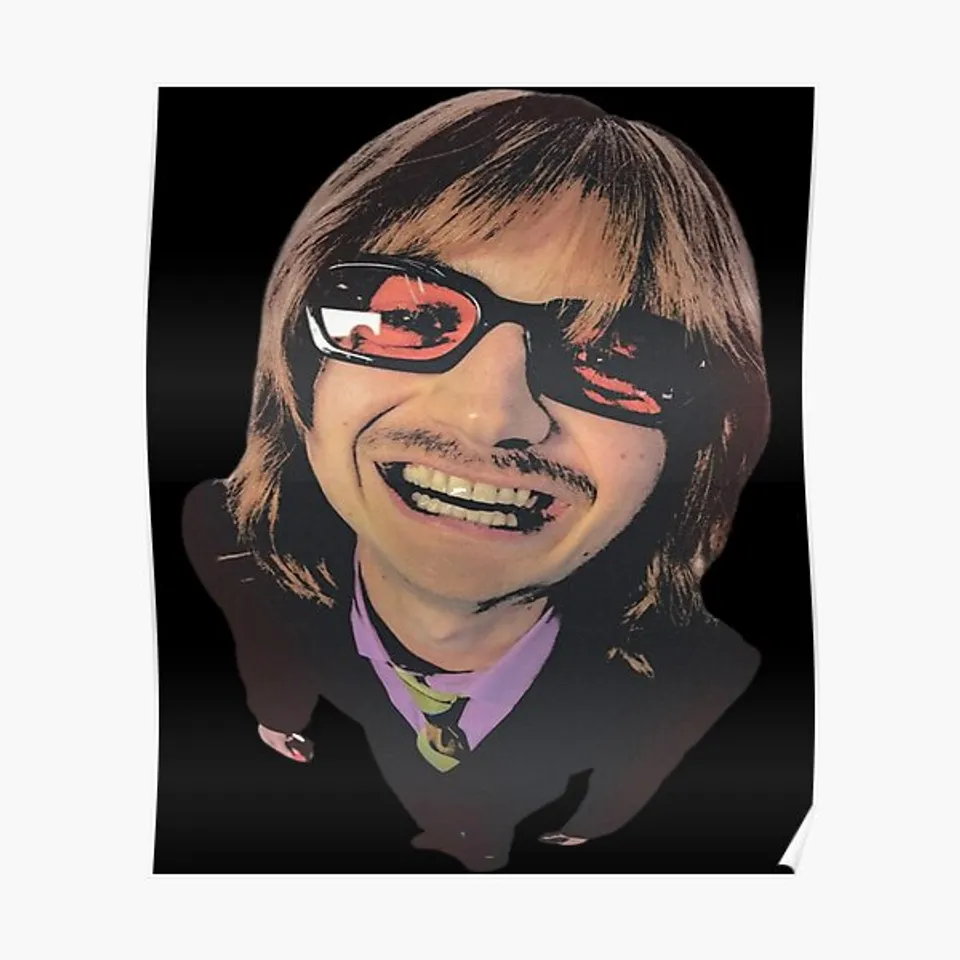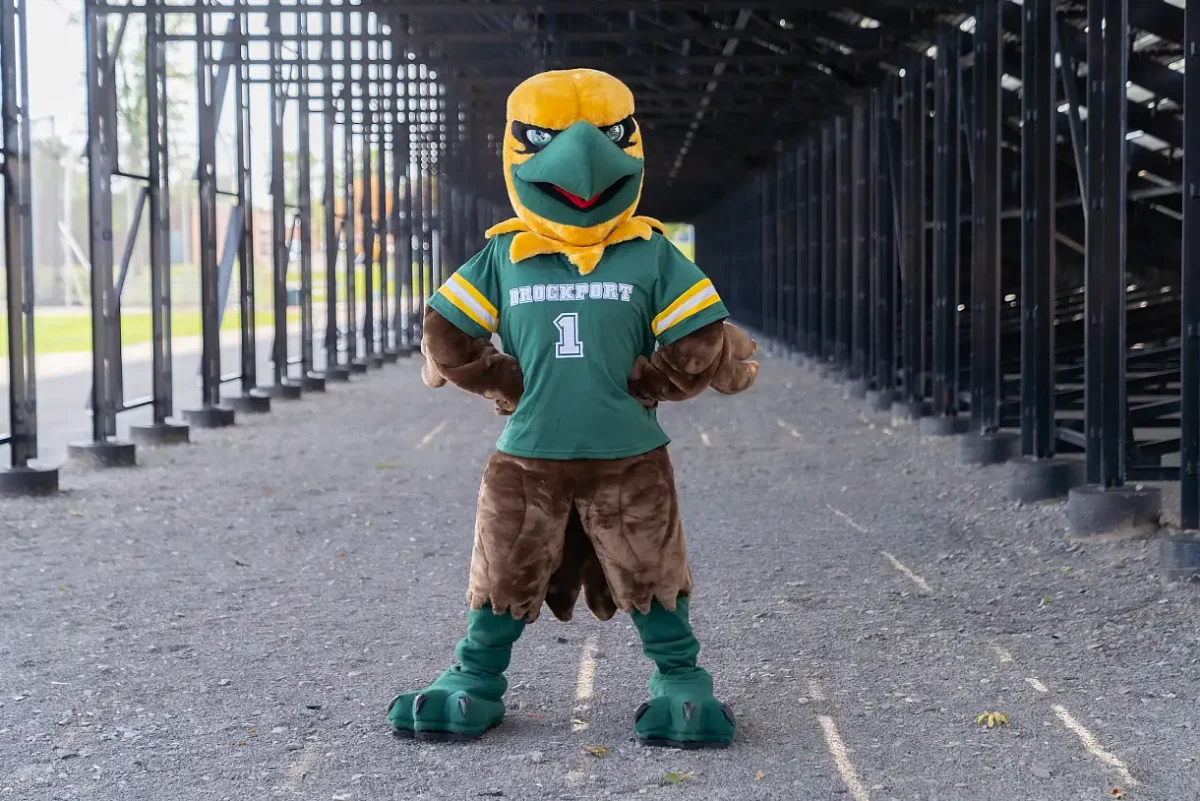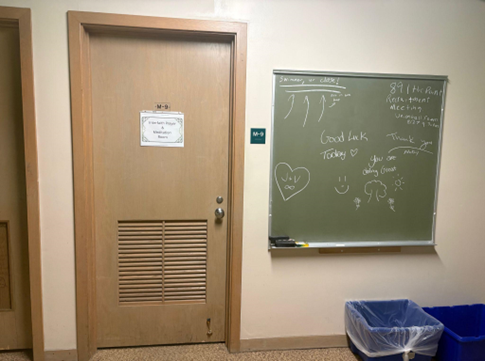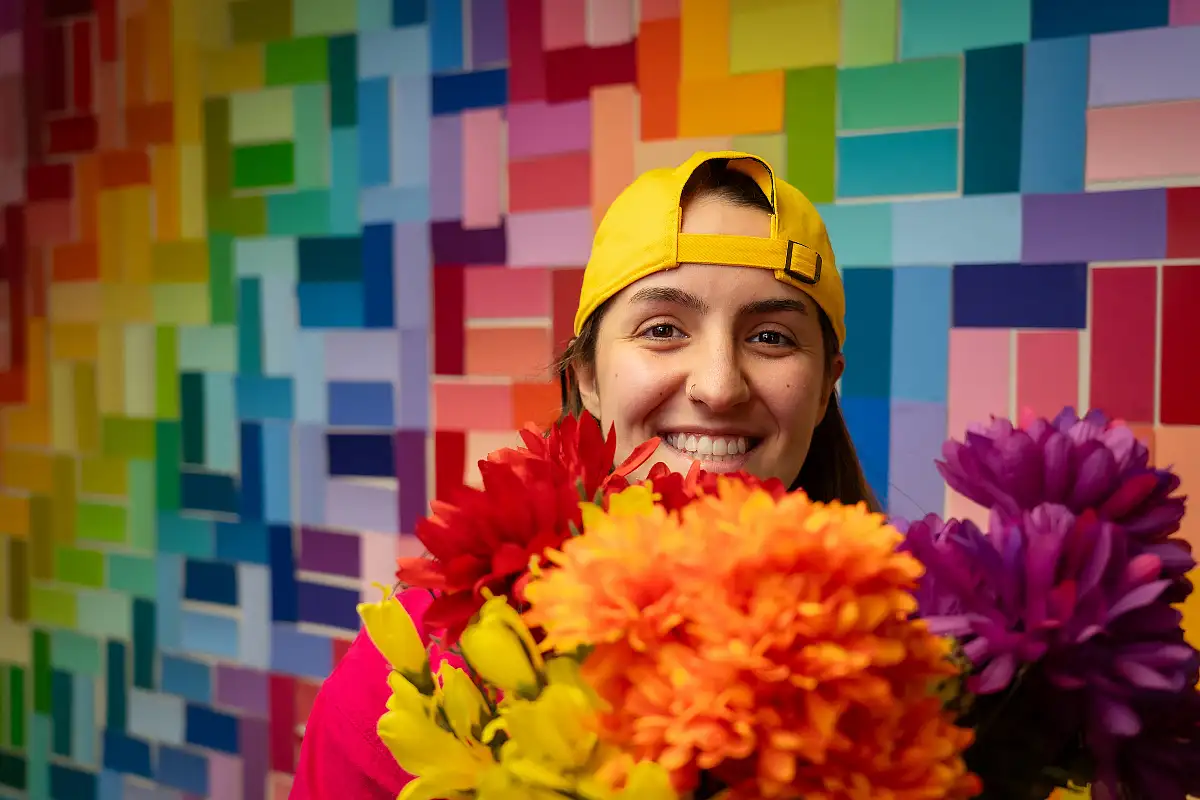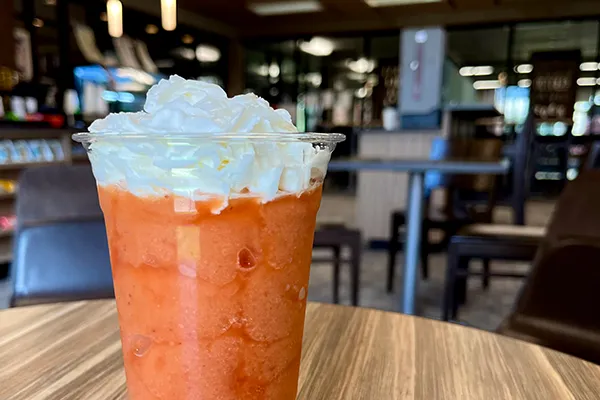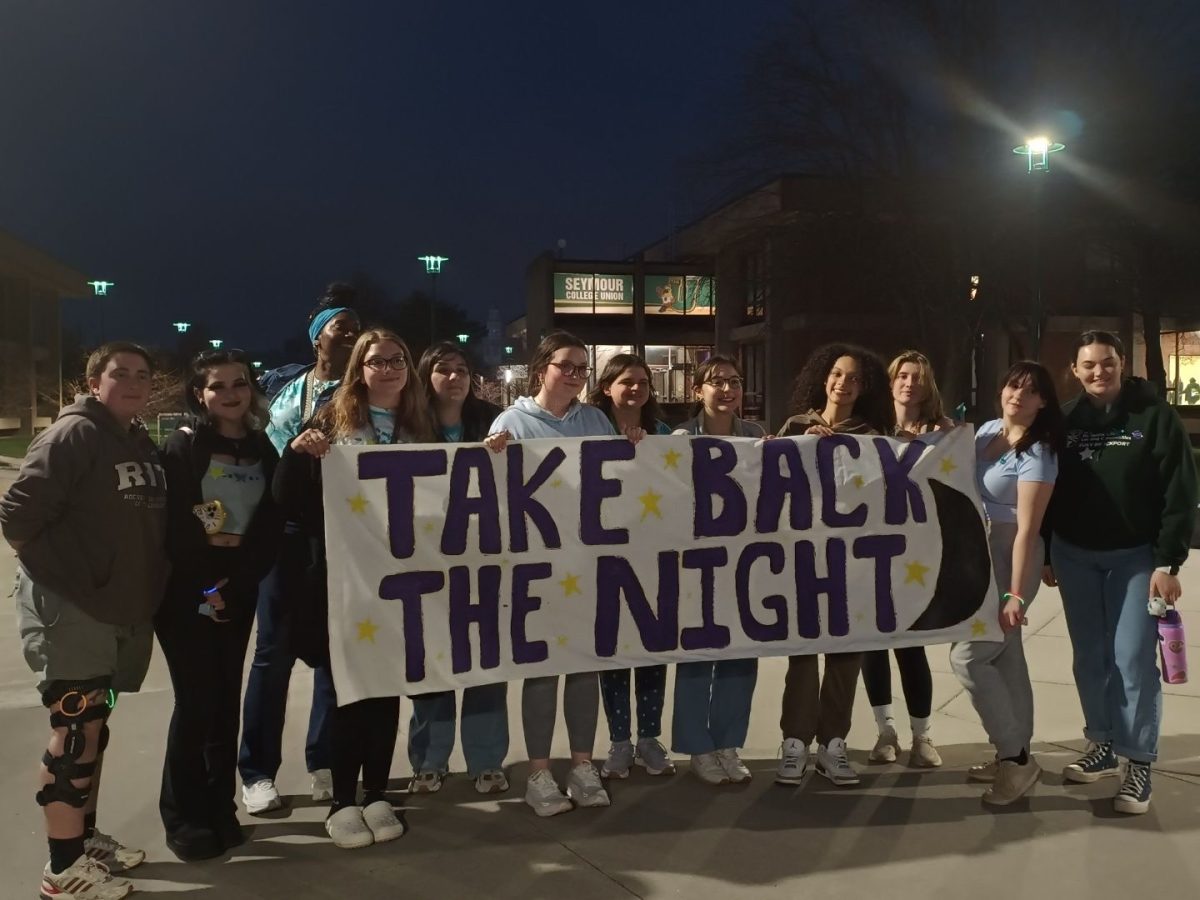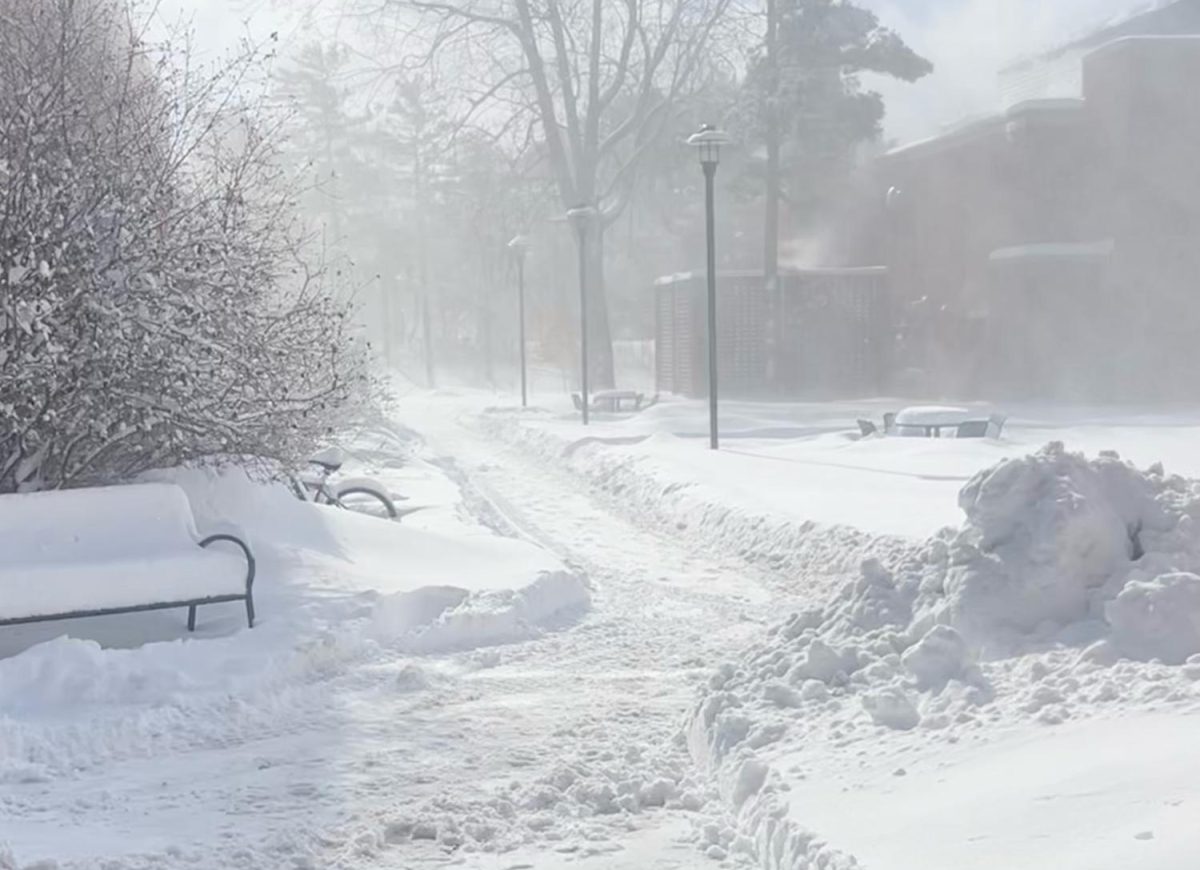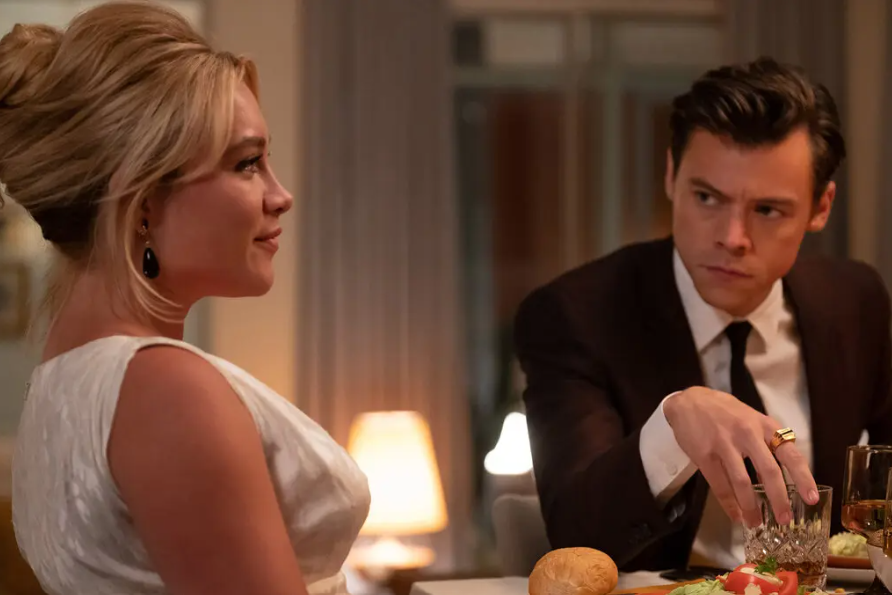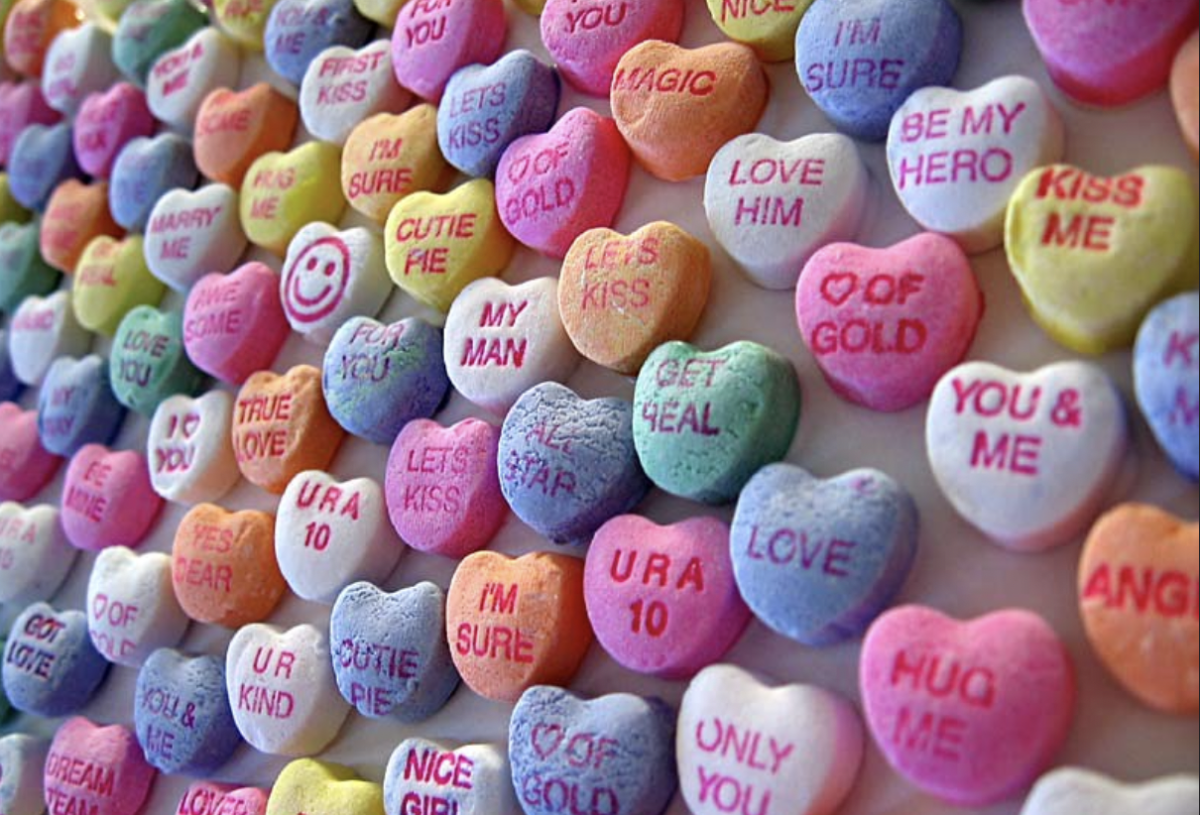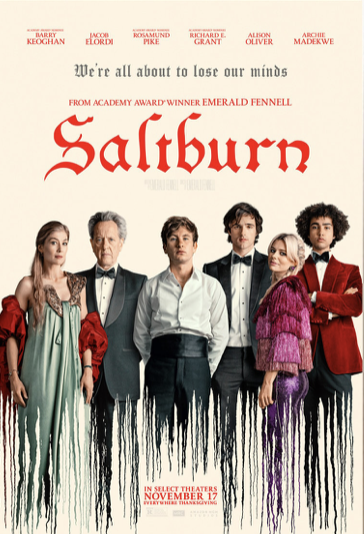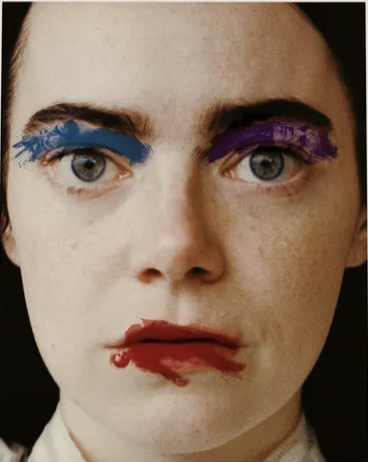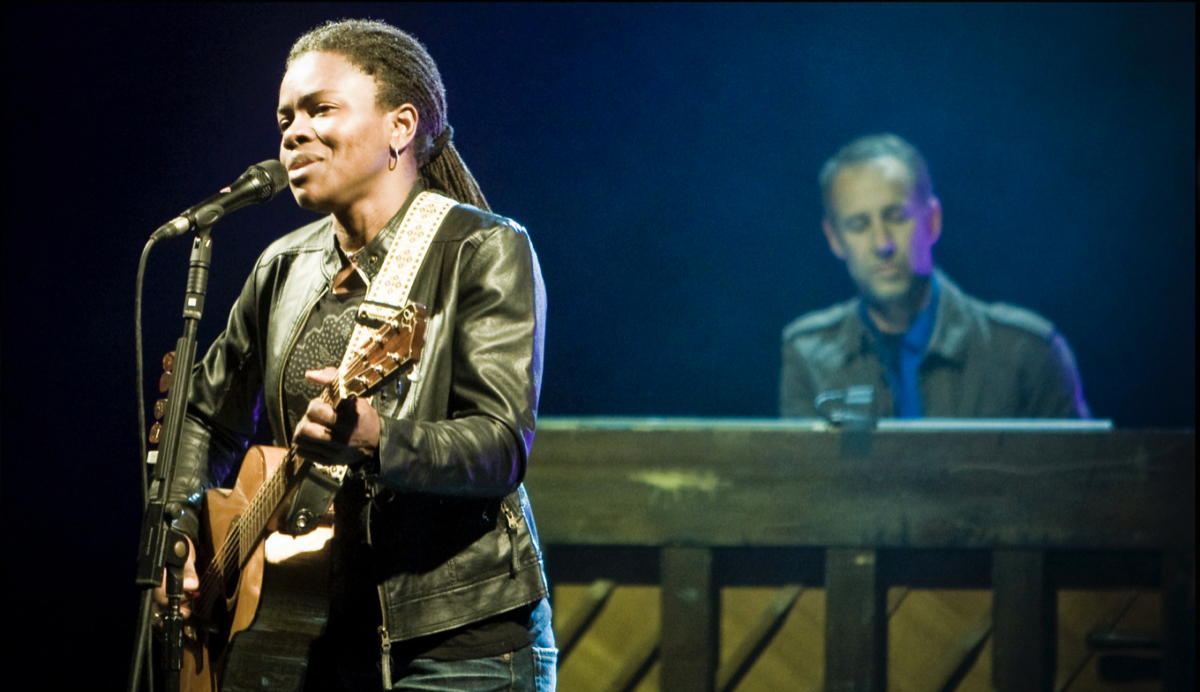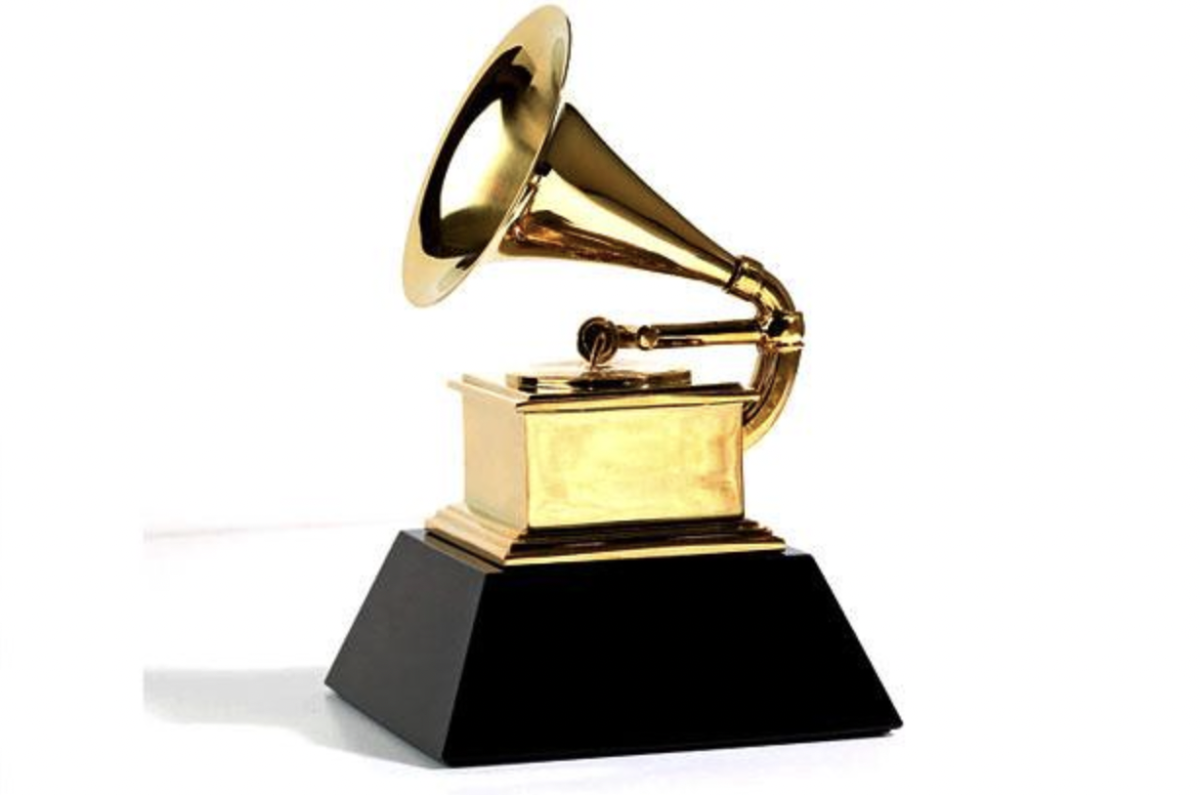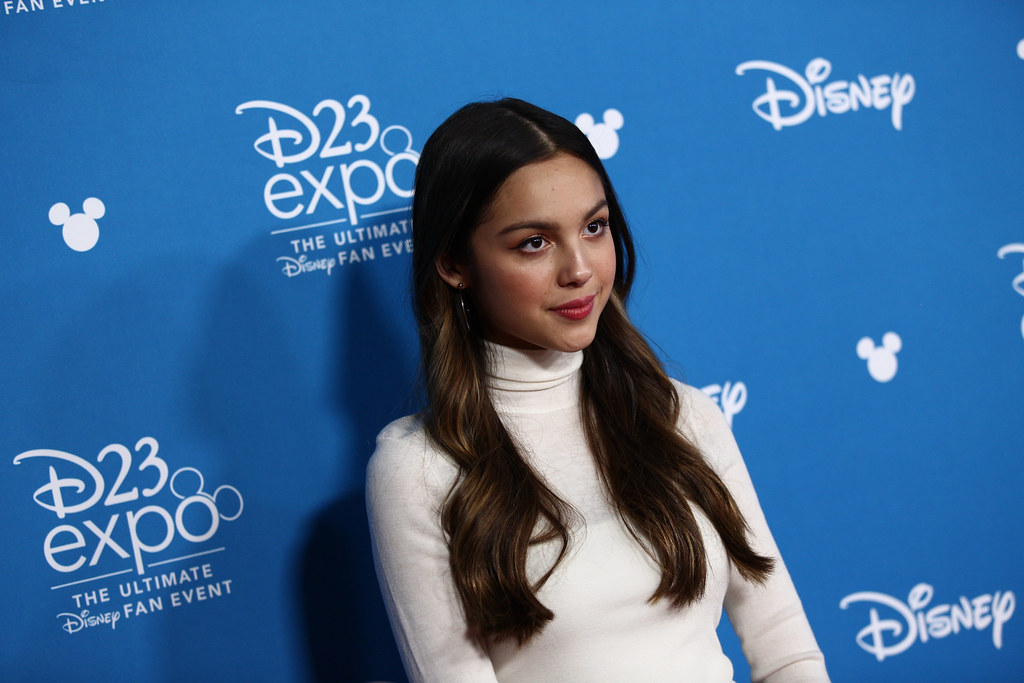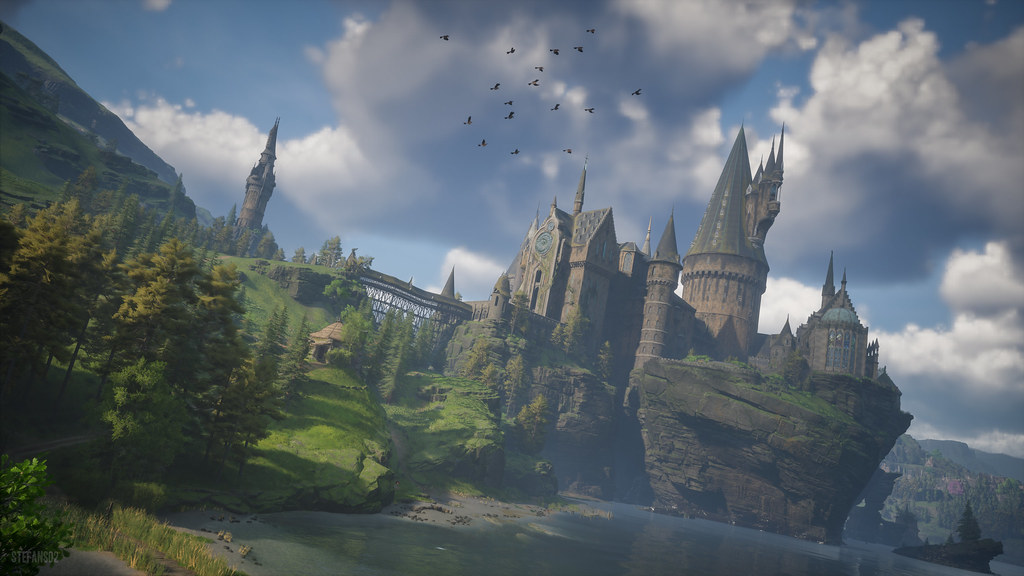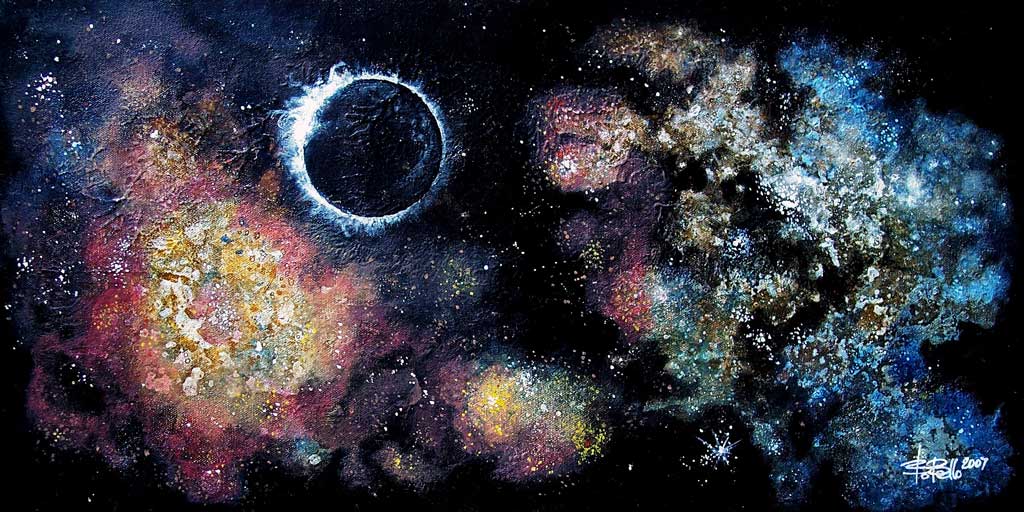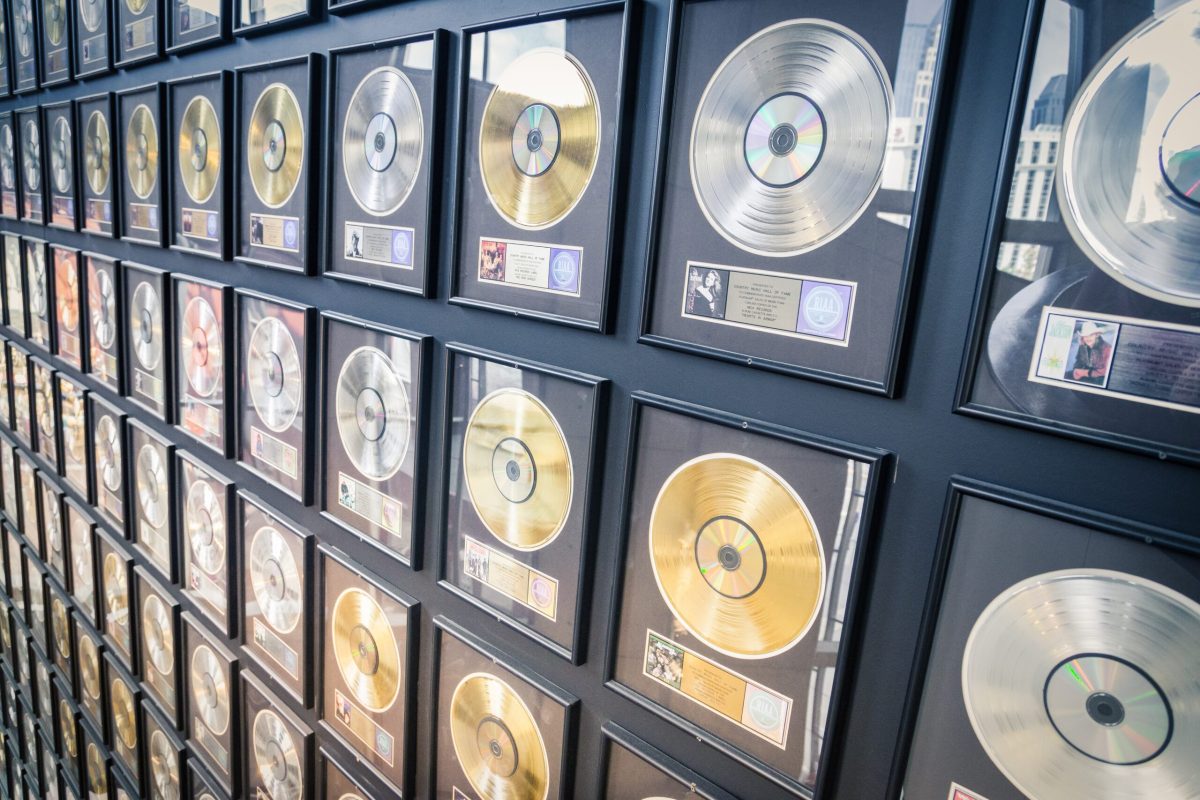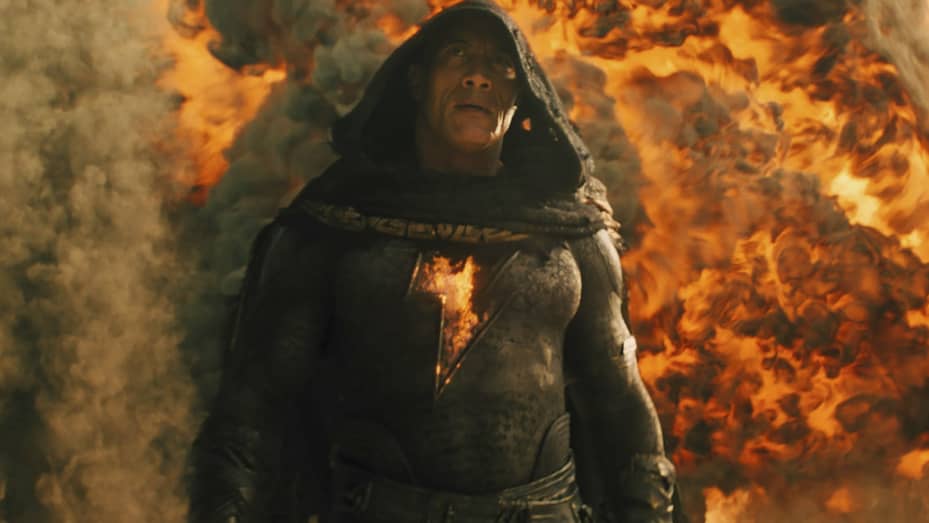There was something amiss with Olivia Wilde’s thriller “Don’t Worry Darling.” Much like the bougie suburban town central to the film, Wilde’s sophomore picture presented a glamorous front that, upon closer inspection, crumbled to reveal a movie that lacked substance.
Visually, “Don’t Worry Darling” was a champagne-soaked love letter to the mid-twentieth century aesthetic and a clever subversion of the idyllic suburban lifestyle. The cinematography from Matthew Libatique was refined, drawing from classical and modern filmic influences to create an atmosphere that was opulent, yet ominous. This was heightened by composer John Powell’s chilling score—which felt overbearing at times but was also deliciously reminiscent of Bernard Herrmann’s music for Hitchcock’s “Psycho.”
Wilde and Libatique also employed experimental film techniques—inserting bursts of ambiguous, sometimes psychedelic, imagery into their otherwise realistic world. It was an interesting choice, which the duo never explored in earnest.

The film sports a magnificent cast; however, all the characters fall flat. Florence Pugh once again proves she is a stunning actor, turning a generic, two-dimensional character into someone the audience can feel for.
On the other hand, Pugh’s co-stars, Harry Styles and Chris Pine, feel miscast. From scene to scene, Styles swung between not having an onscreen presence to painfully overacting. Meanwhile, Pine’s usual swagger and charisma was largely absent in a role that necessitated it. Even Wilde’s minor role was unremarkable. It’s no wonder that these actors, skilled as they are, floundered; none of them were given enough interesting material to work with.
This issue was accentuated by the film’s pacing. From the beginning, “Don’t Worry Darling” felt choppy. After a fleeting overview of the main characters, plot points were introduced back-to-back with little context, often in a graceless attempt to craft a mystery. Though there were scenes of half-hearted character development, they weren’t given enough time to breathe amid the ceaseless plotting. By the final act, we’d blasted through so many predictable story beats that the fanfare surrounding the main plot twist felt underserved.
To Wilde’s credit, the film was a brave, almost ambitious, endeavor to criticize the domestic patriarchy and the modern glorification of “the good old days.” She didn’t always succeed, but her effort was commendable. Most of the time, this picture was an unsettling, even downright scary movie. It’s a shame that “Booksmart” scribe Katie Silberman, who wrote the screenplay, chose to retread old ideas and tropes instead of carving her own path.
With its magnificent cast, crew and timely subject matter, “Don’t Worry Darling” had all the elements necessary to be a great picture. The fact that it wasn’t made it even more disappointing. Despite its feeble story and overly familiar themes, the movie still had something going for it; it was a picture with something to say. In a medium dominated by formulaic franchise blockbusters, that’s a rarity. Still, if you were interested in “Don’t Worry Darling” for its scathing takedown of the patriarchy, you’d be better off watching “The Stepford Wives” instead.

